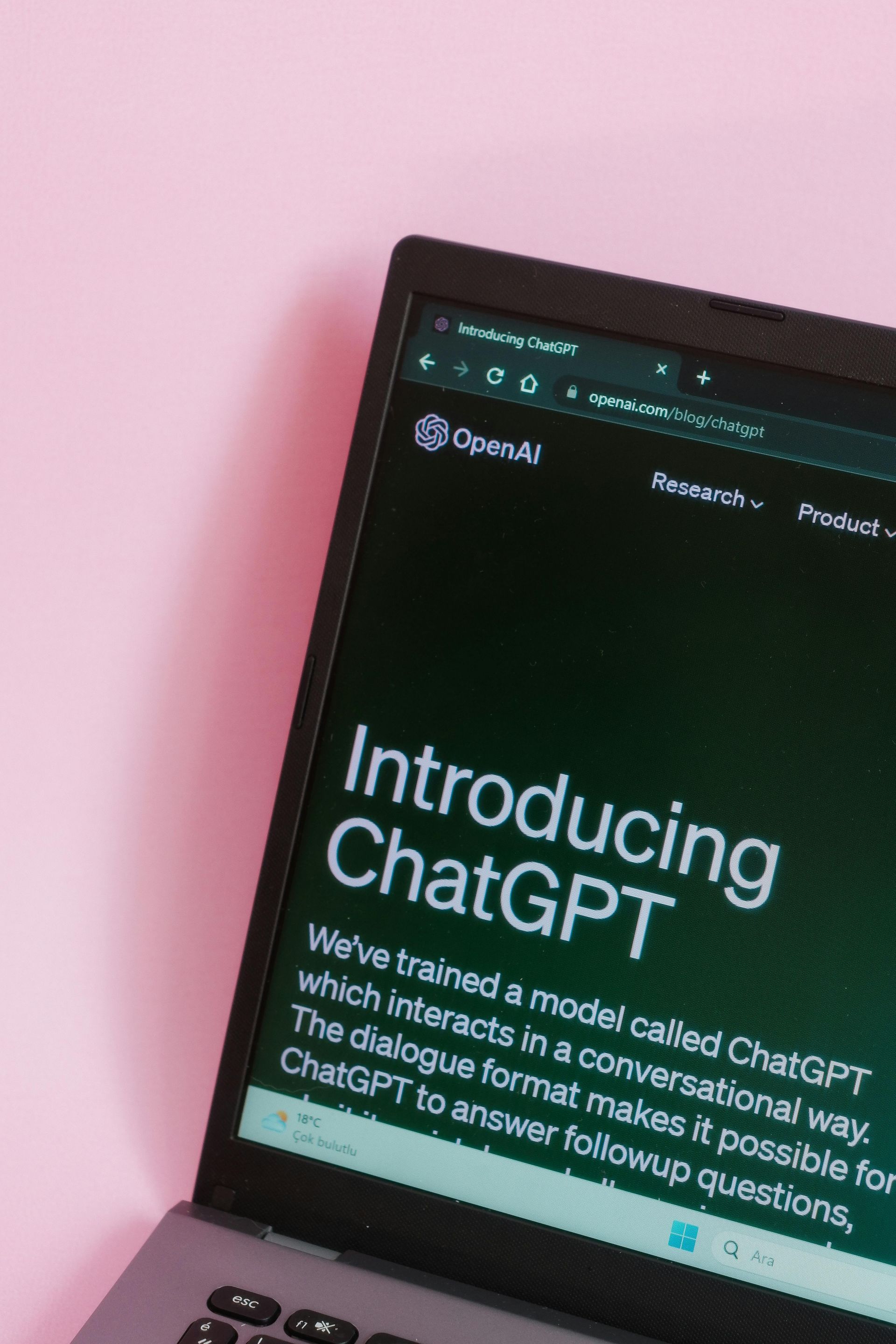OpenAI’s o3 Model Achieves Breakthrough on ARC Challenge: A Step Towards AGI?
OpenAI’s o3 Model Achieves Breakthrough on ARC Challenge: A Step Towards AGI?
OpenAI has unveiled its latest artificial intelligence model, o3, which has made significant strides in the realm of AI reasoning. The o3 model recently secured a high score on the prestigious Abstraction and Reasoning Corpus (ARC) Challenge, sparking discussions among AI enthusiasts about the potential achievement of Artificial General Intelligence (AGI). While this accomplishment marks a major milestone, it's important to understand its implications and limitations.
A Major Milestone in AI Development
The ARC Challenge, designed by François Chollet, an engineer at Google and the creator of the ARC Challenge, tests an AI’s ability to identify patterns and solve visual puzzles involving colored grids. This competition aims to evaluate an AI’s general intelligence and basic reasoning capabilities without relying solely on brute force computational power. The challenge imposes strict limits on computing resources to ensure that solutions demonstrate genuine reasoning rather than mere pattern matching.
OpenAI’s o3 model achieved an impressive 75.7% score on the ARC Challenge’s semi-private test, ranking it highly on the public leaderboard. This achievement was accomplished with a computing cost of approximately $20 per task, adhering to the competition’s constraints. Additionally, an unofficial score of 87.5% was reached by allocating significantly more computing power, though this surpassed the competition’s cost limits.
What Does This Mean for AGI?
Despite the o3 model’s high score, ARC Challenge organizers have clarified that this achievement does not signify the attainment of AGI. AGI refers to a future form of AI that possesses human-like intelligence across a wide range of tasks. The o3 model, while advanced, did not secure the competition’s grand prize and still struggled with over 100 visual puzzle tasks, even with substantial computational resources.
Experts in the field share this cautious perspective. Melanie Mitchell from the Santa Fe Institute highlighted that solving tasks through brute-force computation undermines the essence of the ARC Challenge, which is to assess genuine reasoning abilities. François Chollet echoed this sentiment, stating that true AGI would be evident when creating tasks that are easy for humans but challenging for AI becomes impossible.
Thomas Dietterich from Oregon State University added that current commercial AI systems, including models like o3, still lack essential components of human cognition such as episodic memory, planning, logical reasoning, and meta-cognition.
The Road Ahead
OpenAI’s o3 model represents a significant leap in AI capabilities, demonstrating enhanced task adaptation abilities unseen in previous GPT-family models. However, the journey towards AGI remains ongoing. The ARC Challenge organizers are already preparing more difficult benchmark tests for 2025, continuing the quest to push the boundaries of AI reasoning and general intelligence.
As AI technology evolves, models like o3 pave the way for future advancements, bringing us closer to the elusive goal of AGI. For now, o3 stands as a testament to the rapid progress in AI research, highlighting both the potential and the challenges that lie ahead.
Digital Marketing Blog












